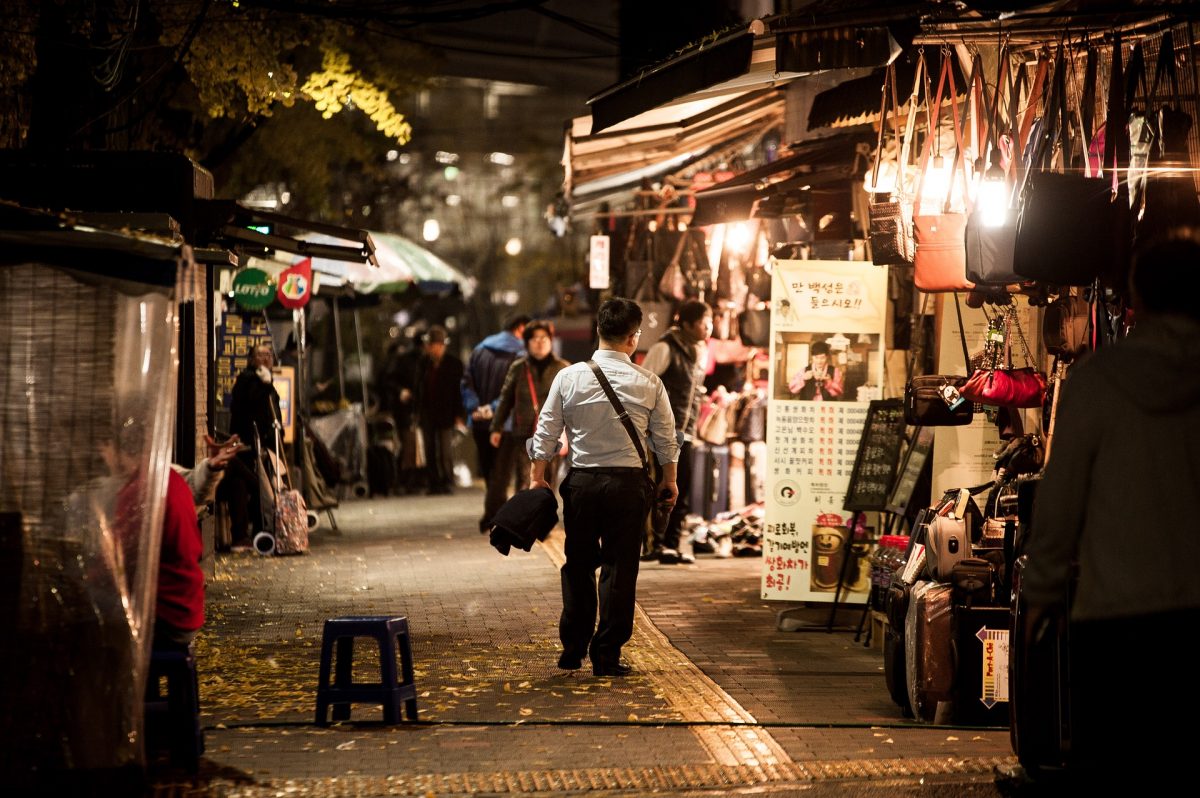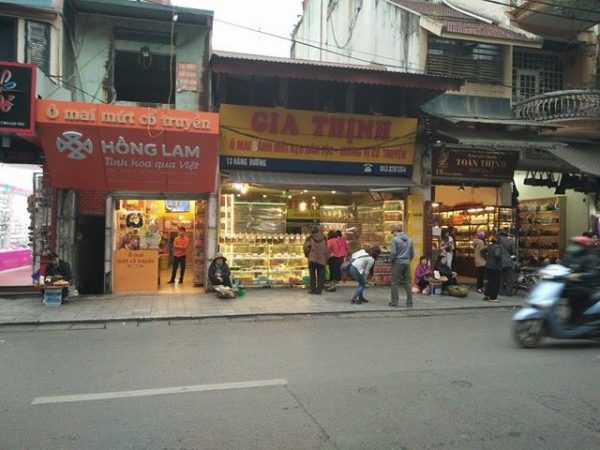

Dr. Alexandra Bernasek, interim chair of the Department of Economics, traveled to Hanoi, Vietnam in November of 2016 to teach the ninth cohort of a partnership between Foreign Trade University (FTU) and Colorado State University. Bernasek taught ECON 202 Principles of Microeconomics to FTU students who were taking their first economics class and their first class taught by a CSU professor. Bernasek thoroughly enjoyed teaching this cohort of 90 enthusiastic, engaged, hardworking students. “I love teaching principles of micro because there are so many ways to engage students with real world microeconomic issues,” she says.
Bernasek also teaches classes in economic development and took advantage of that to make the microeconomics class relevant to students in a developing country. She says, “It was so fun to try to find applications of the theory to the specific context of Vietnam.”
One of the assignments the FTU students had to fulfill was an All University Core Curriculum writing requirement for ECON 202. She walked several times around Hoan Kiem Lake in the Old French Quarter of Hanoi with a CSU business colleague, Yolanda Sarason, also teaching at FTU, to brainstorm a good topic. This immersive experience brought forth the assignment that would connect the course material with the institutional and cultural context of economic life in Hanoi. The students had to take to the streets of Hanoi – the 36 streets, well known to both Hanoi residents and tourists – to consider their study of market structures: perfect competition, monopolistic competition, oligopoly, and monopoly.
The students were to use that theory combined with their knowledge of history, institutions, and Vietnamese culture to explain a particular phenomenon – the 36 streets in Hanoi, where merchants selling the same products locate next to one another in streets. The 36 streets mirror the functions of ancient markets, with Silk Street, Silver Street, Sweet Street, and so on.
The anomaly that Bernasek wanted the students to examine is that companies usually want to distinguish themselves from their competitors to give

them some power over price setting; and a basic way of distinguishing oneself is by locating away from competitors. In the 36 streets, however, direct competitors are located right next to one another. This would seem to take away any power over price setting when someone next to you is selling ostensibly the same thing you are. Theoretically, that would encourage prices to come down among the vendors which would not be advantageous for the seller. Bernasek suggested that the students take a field trip with their peers out to the streets and observe and interview merchants and consumers. The students embraced the assignment with a passion.
The initiative and ingenuity of the students was impressive. Some enlisted the help of tourists and sent them into shops to see what prices they would be quoted on specific products, as compared with prices that they knew shopkeepers would charge locals.
The students’ explanations for the persistence of the 36 streets were very sophisticated: they attributed some reasons to history (such as shopping at a certain seller for generations), and suggested that the benefits of sellers being able to easily identify tourists who pay a premium price can make up for the more competitive prices for Hanoi residents. (Price discrimination is alive and well because tourists can be easily identified and sellers can take advantage of their higher willingness to pay.)
The students also noted that even for residents of Hanoi, these street markets provide a ready go-to-place for certain products that makes advertising for sellers unnecessary, further enhancing their bottom line and making an argument for blocks of similar products being sold in close proximity to each other.
Making economics relevant to the real world is the essence of what the professors in the economics department at CSU aim to do. And Bernasek was pleased to have the opportunity to do so in Vietnam.
Learn more about the Department of Economics.
